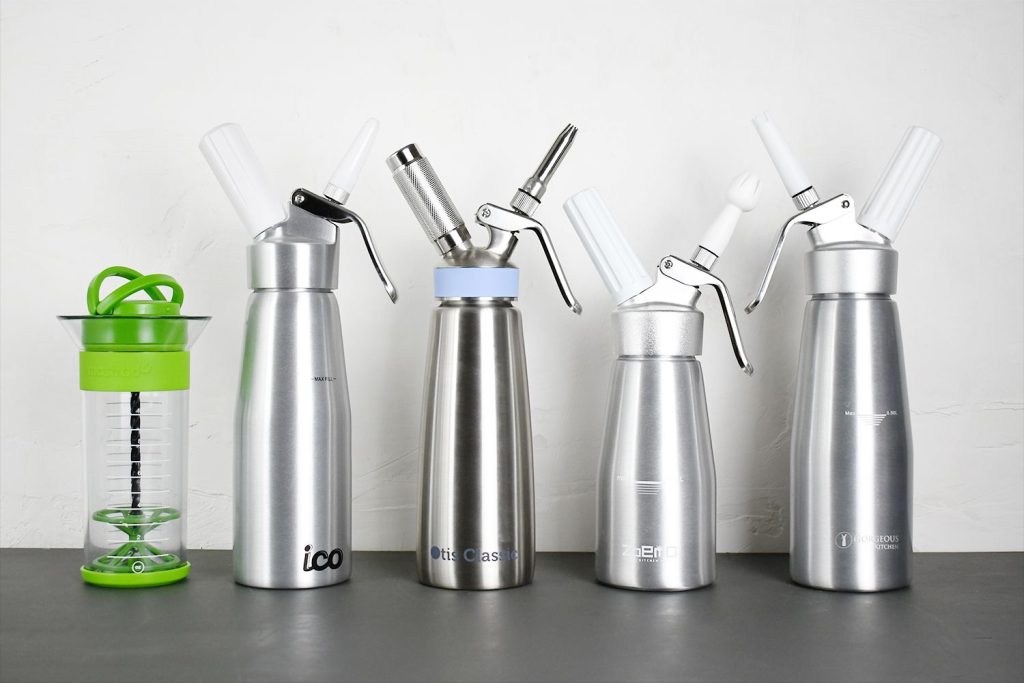How Nitrous Oxide Elevates Whipped Cream from Ordinary to Extraordinary
Nitrous oxide, often referred to as laughing gas, has a serious role when it comes to culinary applications, particularly in the making of whipped cream. This colorless, non-flammable gas has the unique property of dissolving easily into fatty substances, which makes it an ideal companion for transforming ordinary cream into the light, fluffy delight we recognize as whipped cream. When making whipped cream at home or in a professional kitchen, nitrous oxide is typically used in a canister, which is then inserted into a whipping siphon. The process is surprisingly simple yet fascinating from a scientific perspective. The siphon is filled with heavy cream, often sweetened and flavored with vanilla or other extracts. Once the nitrous oxide is released into the siphon, it permeates the liquid cream, creating a uniform dispersion of the gas throughout the substance. This is where the magic happens – the nitrous oxide, under pressure, interacts with the cream, causing the fat molecules to coagulate and trap the gas within. This process significantly increases the volume of the cream, creating the characteristic fluffy texture of whipped cream.

One of the key reasons nitrous oxide is preferred over mechanical whipping or other gases is its stability and the way it preserves the integrity of the cream. Mechanical whipping, for instance, can introduce too much air, leading to a product that is over-whipped and more susceptible to separation. On the other hand, nitrous oxide creates micro-bubbles within the cream, ensuring that the whipped cream maintains a stable structure and does not collapse quickly. Moreover, it prevents the cream from turning into butter, which is a risk with prolonged mechanical whipping. This method not only saves time but also allows for greater control over the consistency of the whipped cream. Chefs and food enthusiasts can achieve a perfect whipped cream every time, with a uniform texture that is difficult to replicate with traditional methods. Additionally, the use of a siphon and nitrous oxide allows for flavored whipped creams to be made easily.
By infusing the whip it bottle with various flavorings such as coffee, cocoa, or even herbs, and then whipping it with nitrous oxide, a myriad of flavored whipped creams can be created in seconds. Nitrous oxide also has an advantage in presentation. Whipped cream made with this method can be dispensed directly from the siphon in beautiful, intricate patterns, making it ideal for topping desserts, beverages, or even savory dishes. The texture is incredibly light and velvety, melting almost instantly on the tongue, which enhances the overall sensory experience of the dish. In conclusion, nitrous oxide elevates whipped cream from a simple topping to a sophisticated, versatile ingredient that enhances both the visual appeal and the taste of a dish. Its unique properties allow for precision, stability, and creativity in the kitchen, making it an indispensable tool for anyone looking to make their culinary creations truly extraordinary.
